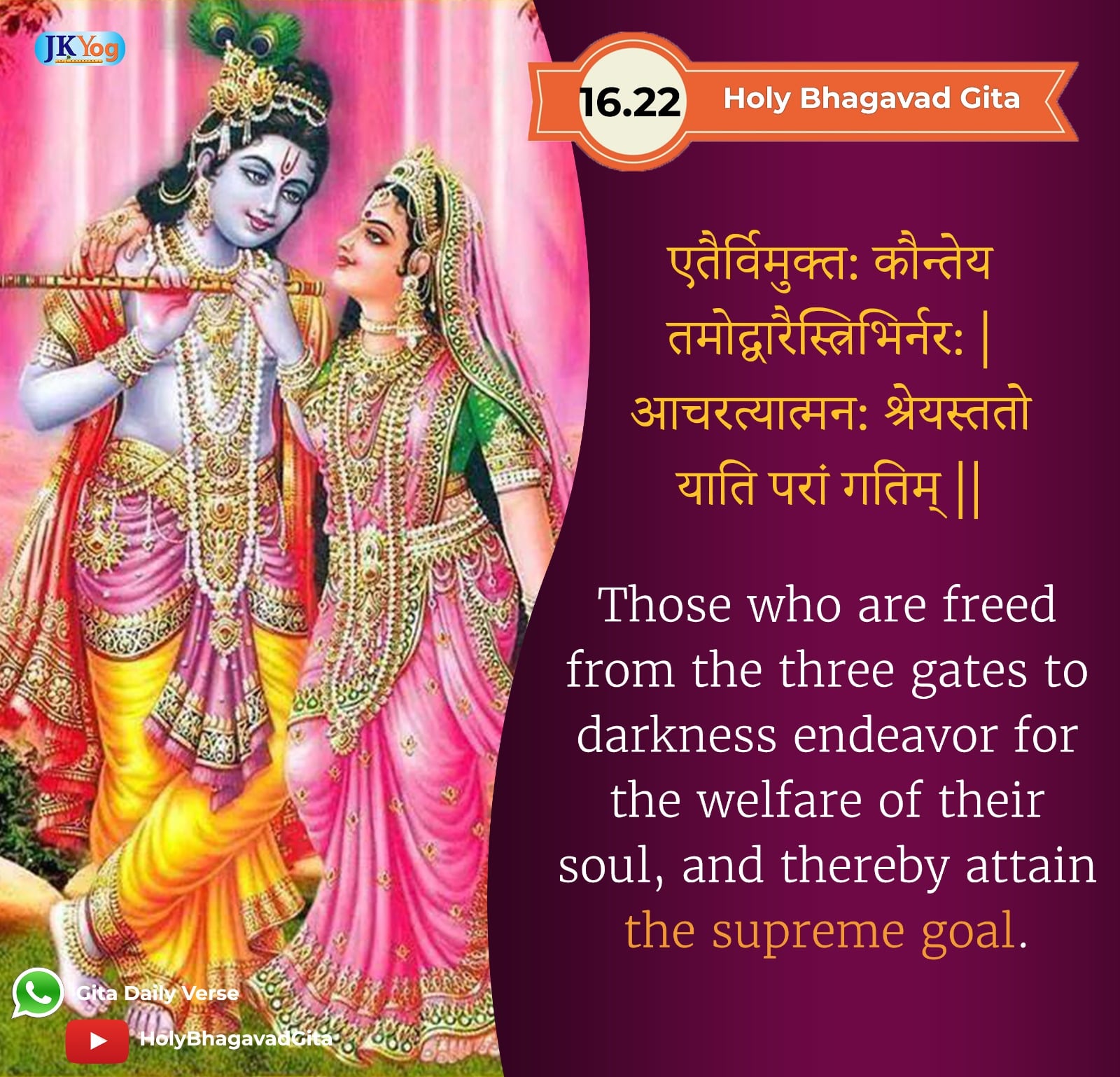A Study of the Bhagavadgita :10-5. Swami Krishnananda.
================================================================
================================================================
Thursday, March 24, 2022. 20:00.
Chapter-10. The Hidden Meaning of the Seventh Chapter of the Gita-5.
===============================================================
In a similar manner, the whole of creation is ‘I', says the Universal Consciousness. Here we may identify this great ‘I' with the Purusha of the Sankhya – infinite in its nature. Only the Infinite can say, “I am everything.” This identification of the Supreme I in the process of creation and all the evolutes causes various difficulties in understanding from the point of view of an ordinary individual. We cannot actually understand in what manner God pervades the world and in what way creation is effected. We have to take it for granted that it is exactly as it has been described in the scriptures. If you wrack your head too much, you will find no answer because the action of the macrocosm, the workings of the Infinite, cannot be comprehended by the faculties available to the individual.
It appears one was sitting on the shore of the ocean, trying to find out how creation arose. He had to write a thesis, a big book on theology, which should also mention the process of how God actually manufactured this universe. From what material did He create this? How did He think?–How did His will operate when creation took place? He was deeply brooding over it. The story goes that a boy suddenly appeared near him, and was bailing out water from the ocean and throwing it on the sand. The pot was full of holes and the water ran out the holes, but still he was trying to empty the ocean, as it were. St. Augustine said, “My dear boy, what are you doing?” “I am emptying the ocean.” “What kind of person are you? You cannot empty the ocean with this pot, especially as it has holes.”
The boy replied, “If you can get an answer to what you are thinking in your mind, I can empty the ocean.” It means to say, you can never get an answer to this question. Every answer is tentative. It is satisfying so far as our understanding of the cosmos is concerned, but our understanding is our understanding; that's all. It has to be locked up in our cabin; it cannot go outside. It helps us to some extent as a walking stick, but the walking stick cannot walk. It only helps us.
So all our knowledge is a kind of walking stick. It has the power to give us some assistance like a torch when we are walking in darkness, but it cannot suffice in the end. Nobody can understand the great mystery of this form that we have seen just now. No tapas, no austerity, no effort of any kind even in the spiritual field can make us fit to behold this form. This is what that Cosmic Form spoke to Arjuna in the Eleventh Chapter. Our efforts are of no avail. A superior, different kind of effort may be necessary to behold that Form – not through the physical eyes, but through an eye which is different altogether.
Ahaṁ kṛtsnasya jagataḥ prabhavaḥ pralayas tathā. Briefly, the cosmological statement is here in these three verses. It will be touched upon again in two verses in the Third Chapter. But the point is that it is an affirmation of the same detail covered earlier, that the Supreme Absolute, God Almighty – you may call Him Parabrahman, Purusha, Purushottama – is everything. This is the doctrine of the Vedanta which distinguishes itself from the Sankhya to some extent, especially from what is called the graphical Sankhya. According to the Sankhya, the Purusha and the Prakriti are totally different entities; both are realities by themselves. Though the Sankhya says that the Purusha does not pervade Prakriti, yet it says that Purusha is all-in-all and infinite. Infinite are the Purushas, numberless are they, and yet each one is infinite. This is a peculiar logic of the Sankhya which has been transcended by the universal philosophy of the Vedanta where Prakriti does not stand as a contradiction to Purusha; it is not an object of consciousness, it is a manifestation of the Infinite itself. Otherwise, Purusha cannot make the statement “I am all”, because the Purusha of the Sankhya is all in the sense of its being infinite, but it is not all in the sense that there is a Prakriti in front of it always.
Hence, the Vedanta doctrine is adumbrated here, in addition to the acceptance of the principles of the Sankhya. The Vedanta takes the whole philosophy of the Sankhya with a pinch of salt, and accepts it with some reservation. The evolutionary process described by the Sankhya is perfectly all right; the Vedanta accepts it. Yet there is a ‘but' before it, that the Purusha is not infinite in number. There is only one Purusha possible because there cannot be two infinities. Infinity is one only. Even if you try to pile up infinities over infinities, you will have one infinity only.
To be continued ....
===============================================================






Comments
Post a Comment